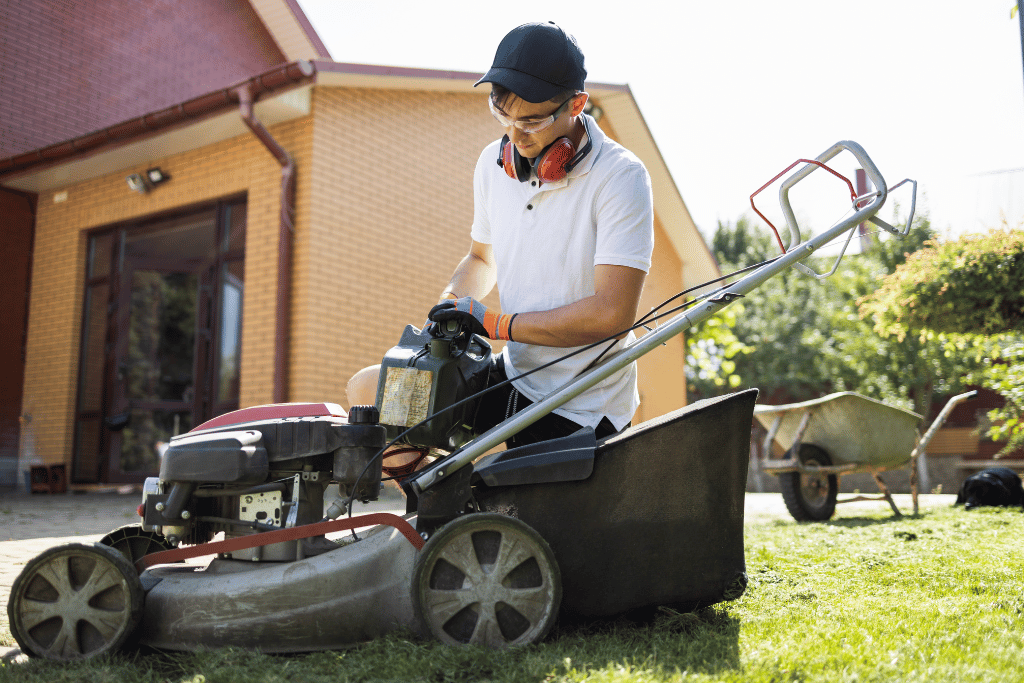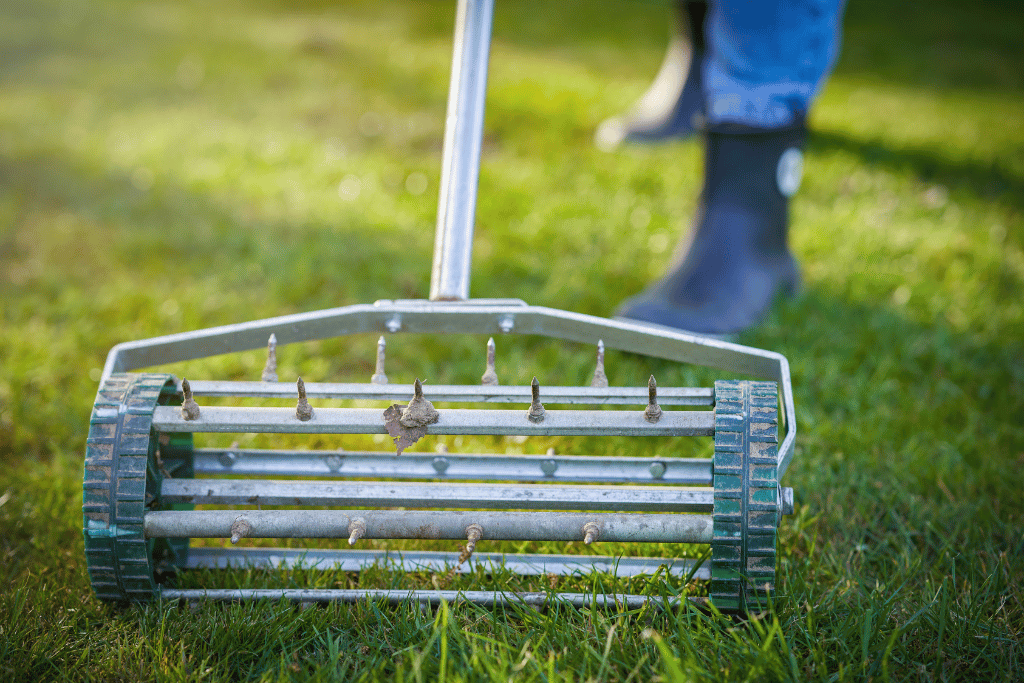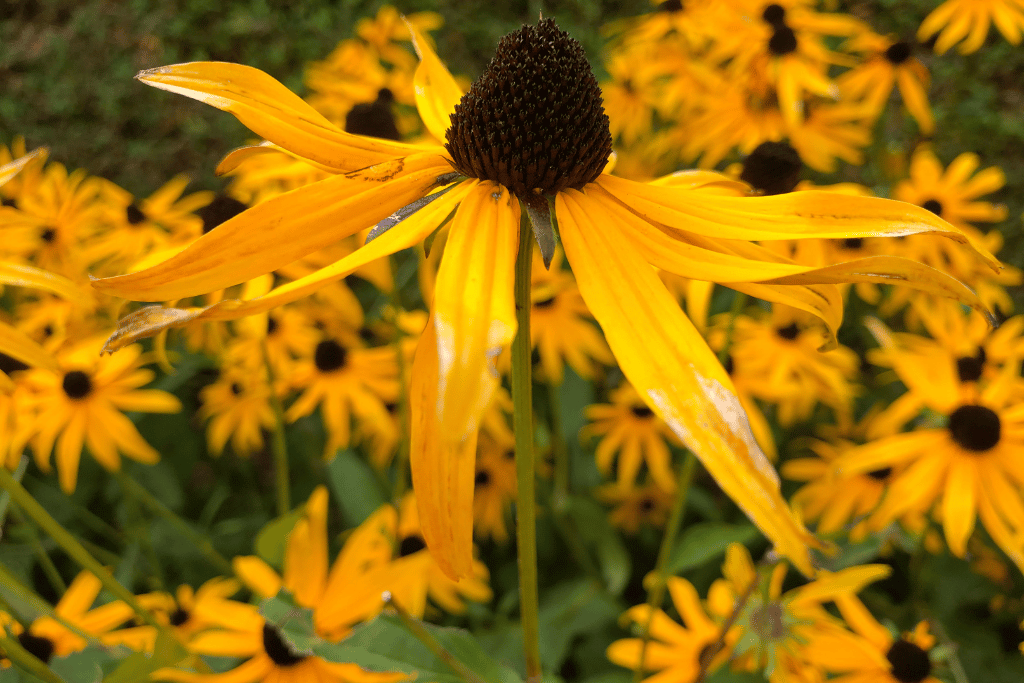
Are you looking to add a pop of vibrant color to your garden this season? If so, you’ll definitely want to consider planting some Black-Eyed Susans. These cheerful, golden-yellow flowers are a real showstopper and can bring an instant boost of cheer to any outdoor space.
But here’s the catch: knowing when to plant Black Eyed Susan seeds is crucial to their successful growth. Trust me; I learned the hard way. Last year I was eager to get started on my gardening and excitedly planted my Black Eyed Susan seeds in early spring, only to be disappointed when they didn’t grow as expected.
After doing some research, I found out I had planted them too early and missed the ideal window of opportunity.
So grab a cup of coffee, put on your gardening gloves, and let’s dive in!
Understanding Black Eyed Susan Seeds
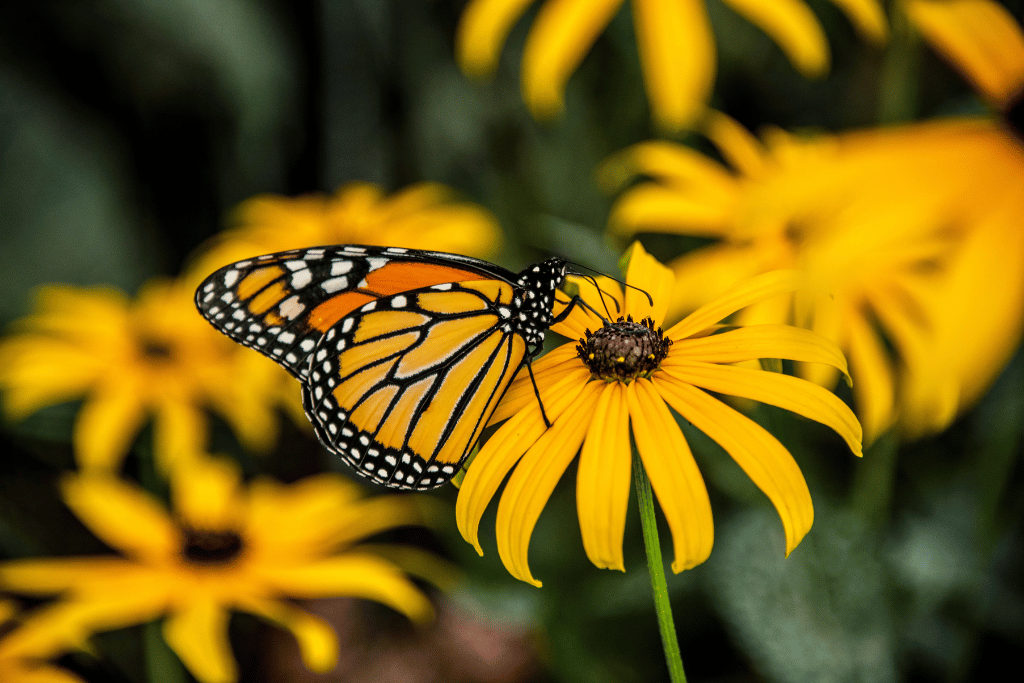
Black Eyed Susan seeds are small, black, and oblong in shape. They are easy to handle and store well. When planted in the right conditions, these seeds can produce beautiful and vibrant flowers that are sure to catch anyone’s eye.
Growing Conditions
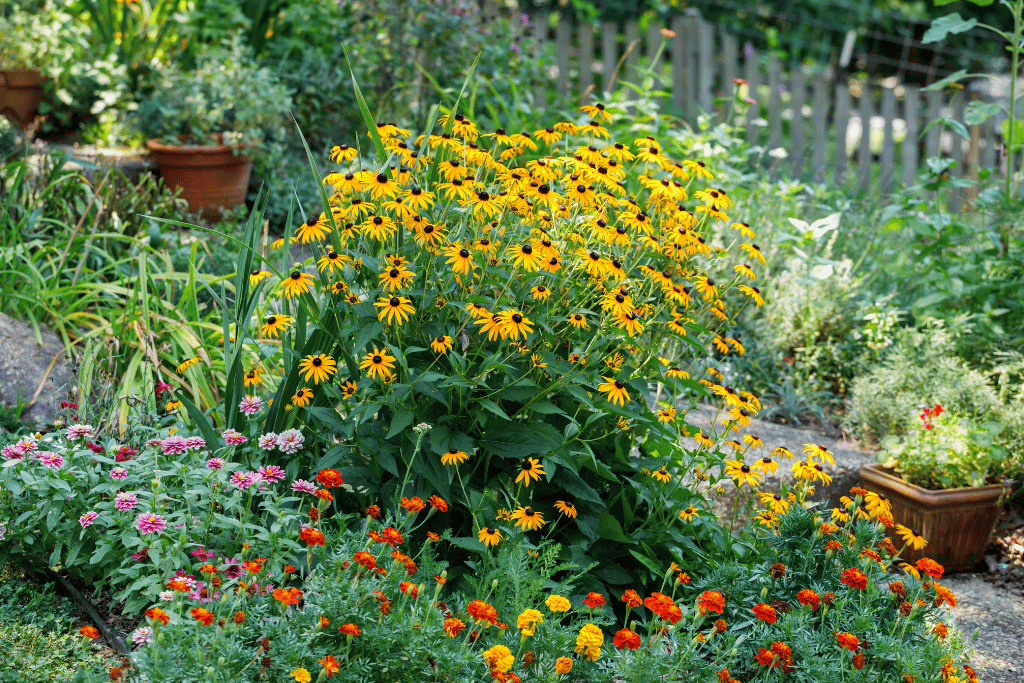
To ensure optimal growth, it’s important to understand the growing conditions that Black Eyed Susan seeds require. These seeds thrive in full sunlight and well-draining soil. They are also drought-tolerant and can withstand high temperatures. Black Eyed Susans are also relatively easy and low- maintenance making them an ideal addition to any garden.
Personally, I’ve had great success with growing Black Eyed Susans in my garden. I remember the first time I planted them, I was a bit hesitant because I wasn’t sure if I had the right conditions. But much to my surprise, they grew quickly and provided a beautiful contrast to the other flowers in my garden. Now I make sure to plant them every year.
Benefits of Black Eyed Susans
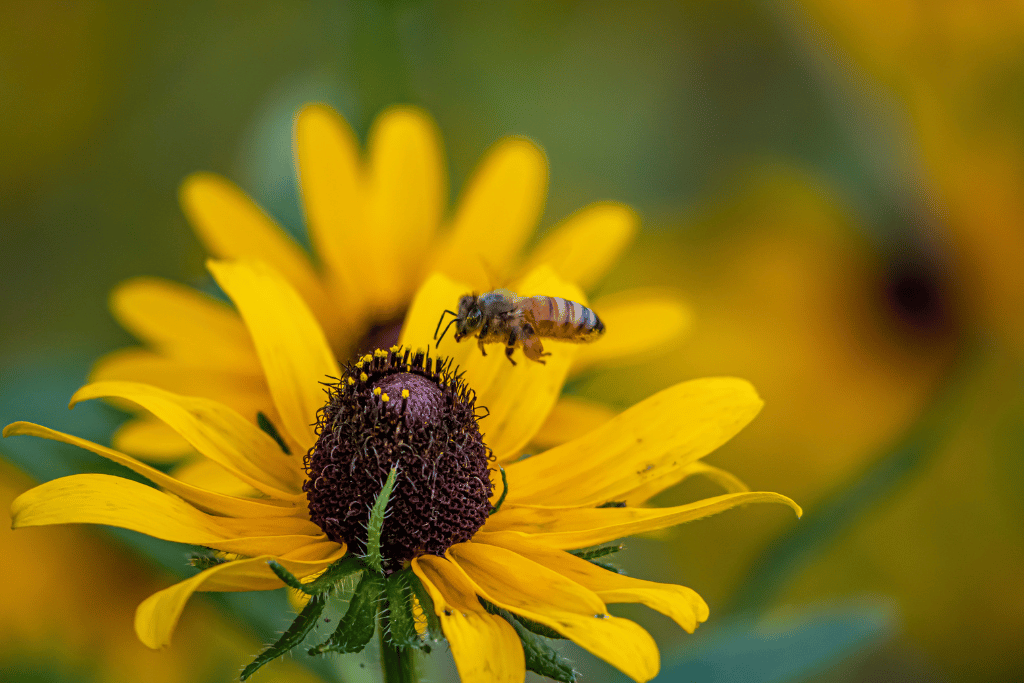
One of the biggest benefits of planting Black-Eyed Susans is their ability to attract useful pollinators. Bees, butterflies, and birds are all drawn to these bright and cheery flowers, making them a great addition to any wildlife garden. Additionally, Black Eyed Susans are often used in traditional medicine for their potential health benefits, including treating colds, flu, and infections.
In short, Black Eyed Susan seeds are a great addition to any garden. They are easy to grow, low maintenance, and attract pollinators. Not to mention they provide a pop of vibrant color that is sure to brighten up any outdoor space.
When to Plant Black Eyed Susan Seeds
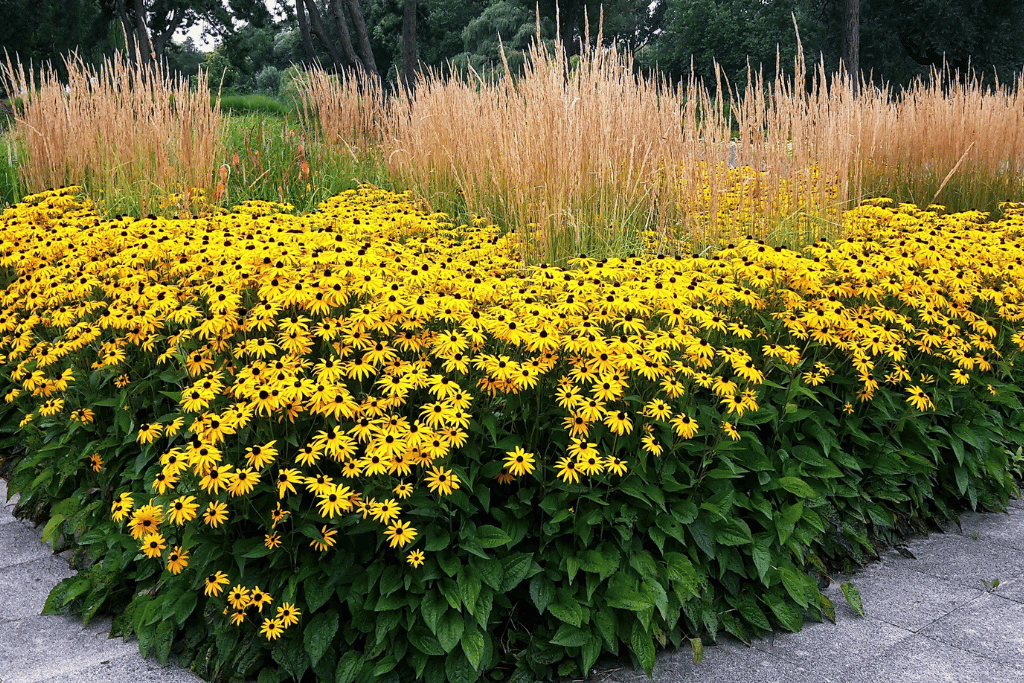
When it comes to planting Black Eyed Susan Seeds, timing is everything. There are several factors that can affect when you should plant these seeds, including the climate, the local soil conditions, and the intended use of the flowers.
For those living in Zone 7, the best time to plant Black Eyed Susan seeds is typically late spring or early summer. This ensures that the seeds have enough time to germinate and establish before the first frost hits in the fall. In Bluffton, SC, the ideal planting time may be slightly different as the climate and weather conditions can vary.
Personally, I’ve found that the best time to plant Black Eyed Susan seeds in my area is in late May or early June. This gives the seeds plenty of time to establish themselves before the hot summer weather sets in.
I’ve also found that preparing the soil properly is key to ensuring optimal growth. This includes removing any rocks or debris, loosening the soil, and adding compost or other organic matter to help the soil retain moisture.
When it comes to planting Black Eyed Susan seeds outdoors, it’s important to choose a location that receives plenty of sunlight and has well-draining soil. I typically plant my seeds about a quarter inch deep and space them about 12 inches apart. After planting, I make sure to water the seeds thoroughly and keep the soil moist until they germinate.
Tips for Planting Black Eyed Susan Seeds
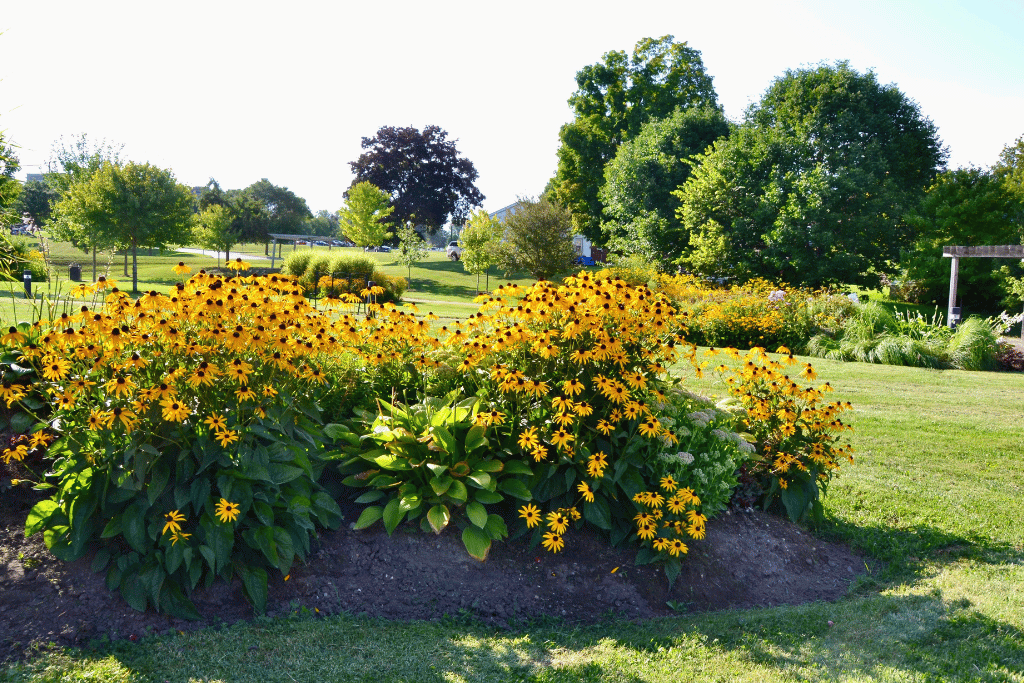
Planting Black Eyed Susan seeds can be a rewarding experience, but it’s important to take certain steps to ensure their successful growth. Here are some tips to help you plant and care for your Black-Eyed Susans:
- Choose the right location: Black Eyed Susans prefer full sunlight and well-draining soil. Be sure to choose a spot that receives at least six hours of sunlight per day.
- Prepare the soil: Before planting, remove any rocks or debris from the soil and add compost or other organic matter to help the soil retain moisture.
- Plant at the right depth: Black Eyed Susan seeds should be planted about a quarter inch deep in the soil. Be sure to space them about 12 inches apart to allow for optimal growth.
- Water regularly: Black Eyed Susans prefer moist soil, so be sure to water them regularly. However, be careful not to overwater, as this can lead to root rot.
- Fertilize occasionally: Black Eyed Susans don’t require heavy fertilization, but a light application of a balanced fertilizer in the spring can help promote healthy growth.
When caring for your Black Eyed Susans, it’s important to keep an eye out for common problems such as powdery mildew, aphids, and slugs. If you notice any of these issues, try using natural remedies such as neem oil or diatomaceous earth to address them.
Personally, I’ve had some issues with aphids on my Black Eyed Susans in the past. I found that using a mixture of dish soap and water to spray on the plants helped get rid of the aphids without causing any harm to the plants themselves. If you add a few drops of neem oil to 1 liter of water and 4 drops of dish soap and spray once a week, you will eventually see the little critters disappear.
Grow Vibrant Black Eyed Susan Blooms: The Benefits of Proper Timing
Overall, planting Black Eyed Susan seeds can be a fun and rewarding experience for any gardener. These bright and cheery flowers add colorful interest to your landscape.
And whether you are planting directly in the ground or in containers, they will make a bold statement. Timing is everything when it comes to planting Black Eyed Susan seeds, so be sure to plant them at the appropriate time for your location. With a little patience and care, you’ll be rewarded with a gorgeous display of flowers that will brighten up your garden all summer.
Are You Ready to Start Your Gardening Journey?
Whether you’re a garden guru or a total newbie, our website has everything you need to make your garden flourish.
From plant care tips to soil health and pruning, we’ve got it all. Join our community of passionate gardeners and start growing today. Check out our Planting 101 pages, and let’s make your garden dreams a reality!


